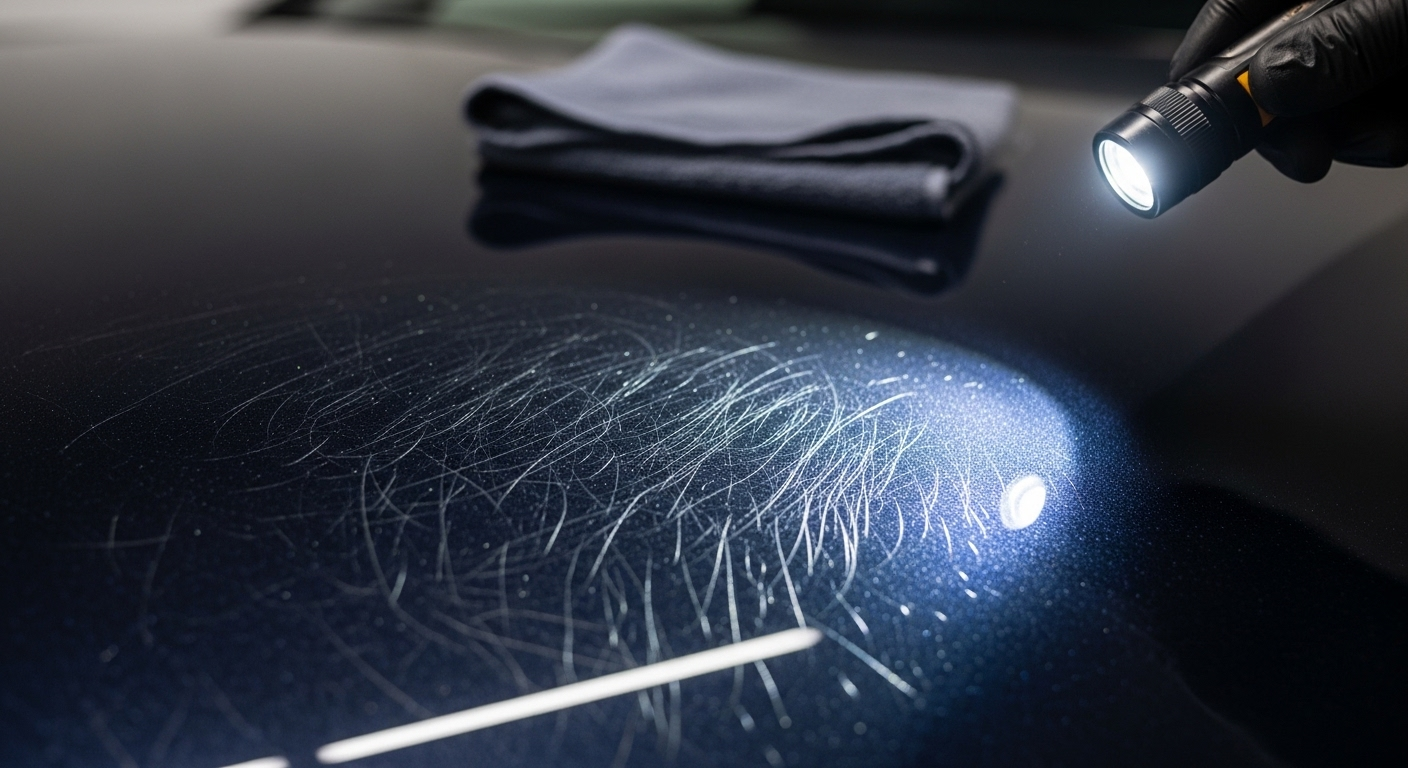Bioceramic Coatings: The Future of Car Paint Protection
In the ever-evolving world of automotive technology, a groundbreaking innovation is quietly revolutionizing how we protect our vehicles' exteriors. Bioceramic coatings, a fusion of cutting-edge materials science and automotive engineering, are poised to redefine the concept of car paint protection. This advanced technology promises to offer unparalleled durability, enhanced aesthetics, and even potential environmental benefits. As we delve into the world of bioceramic coatings, we'll explore how this emerging technology is set to transform the way we think about and maintain our vehicles' appearances.

Unlike traditional ceramic coatings, which are primarily inorganic, bioceramic coatings incorporate organic compounds that enhance their flexibility and adherence to vehicle surfaces. This unique composition allows for a more robust bond with the car’s paint, creating a nearly impenetrable barrier against UV rays, chemical contaminants, and physical abrasions.
The Science Behind the Shield
At its core, a bioceramic coating is a complex matrix of nanoparticles suspended in a polymer-based solution. When applied to a vehicle’s surface, these nanoparticles align and interlock, forming a transparent, ultra-thin layer that bonds at a molecular level with the car’s paint. This process, known as cross-linking, results in a hardened shield that can be up to 100 times thicker than traditional wax or sealant applications.
The organic components in bioceramic coatings play a crucial role in their effectiveness. These elements, often derived from natural sources, enhance the coating’s ability to flex with the vehicle’s surface, reducing the risk of cracking or peeling under extreme conditions. Additionally, the organic compounds contribute to the coating’s self-cleaning properties, allowing water and contaminants to bead and roll off more easily than with conventional protective layers.
Unparalleled Protection and Performance
One of the most significant advantages of bioceramic coatings is their exceptional durability. While traditional car waxes may last a few months at best, and conventional ceramic coatings typically offer protection for 2-5 years, bioceramic coatings can potentially shield a vehicle’s paint for up to a decade with proper maintenance. This longevity is attributed to the coating’s resistance to chemical etching, UV degradation, and oxidation.
Moreover, bioceramic coatings provide superior hydrophobic properties. Water beads up and rolls off the surface more effectively than with other protective coatings, carrying away dirt and contaminants in the process. This self-cleaning effect not only keeps the vehicle looking cleaner for longer periods but also reduces the frequency of washes, potentially conserving water and minimizing the use of cleaning chemicals.
Aesthetic Enhancements and Customization
Beyond protection, bioceramic coatings offer significant aesthetic benefits. The ultra-smooth surface created by the coating enhances the paint’s gloss and depth, giving vehicles a showroom-quality finish that lasts. The coating’s clarity allows the true color of the paint to shine through, often appearing to amplify the vibrancy and richness of the vehicle’s hue.
Interestingly, the adaptable nature of bioceramic coatings opens up new possibilities for customization. Researchers are exploring ways to incorporate color-changing properties into these coatings, potentially allowing car owners to alter their vehicle’s appearance with the touch of a button or in response to environmental conditions. While still in the experimental stages, this technology could revolutionize the concept of vehicle personalization.
Environmental Considerations and Future Prospects
As the automotive industry increasingly focuses on sustainability, bioceramic coatings are gaining attention for their potential environmental benefits. The long-lasting nature of these coatings means fewer reapplications over a vehicle’s lifetime, potentially reducing the overall consumption of protective products. Additionally, some bioceramic coatings are being developed with photocatalytic properties, which could help break down air pollutants when exposed to sunlight, contributing to improved air quality in urban areas.
Looking ahead, the future of bioceramic coatings in the automotive industry appears bright. Research is ongoing to further enhance their properties, including the development of self-healing capabilities that could automatically repair minor scratches and swirl marks. There’s also exploration into integrating smart technologies, such as sensors that could monitor the coating’s condition and alert owners when maintenance is needed.
Challenges and Considerations
While the benefits of bioceramic coatings are substantial, there are challenges to consider. The application process is more complex than traditional protective methods, often requiring professional installation to ensure optimal results. The initial cost is also higher than conventional coatings, although the long-term durability may offset this expense over time.
Additionally, the removal or reapplication of bioceramic coatings can be more challenging than with traditional products. As the technology evolves, manufacturers and detailing professionals are working to develop more efficient methods for coating removal and reapplication, ensuring that vehicles can be refinished or repainted without complications.
In conclusion, bioceramic coatings represent a significant advancement in automotive paint protection technology. By combining the durability of ceramics with the flexibility of organic compounds, these coatings offer unprecedented protection, aesthetic enhancement, and potential environmental benefits. As research continues and the technology matures, bioceramic coatings are poised to become a standard feature in the automotive industry, transforming how we protect and maintain our vehicles’ appearances for years to come.





